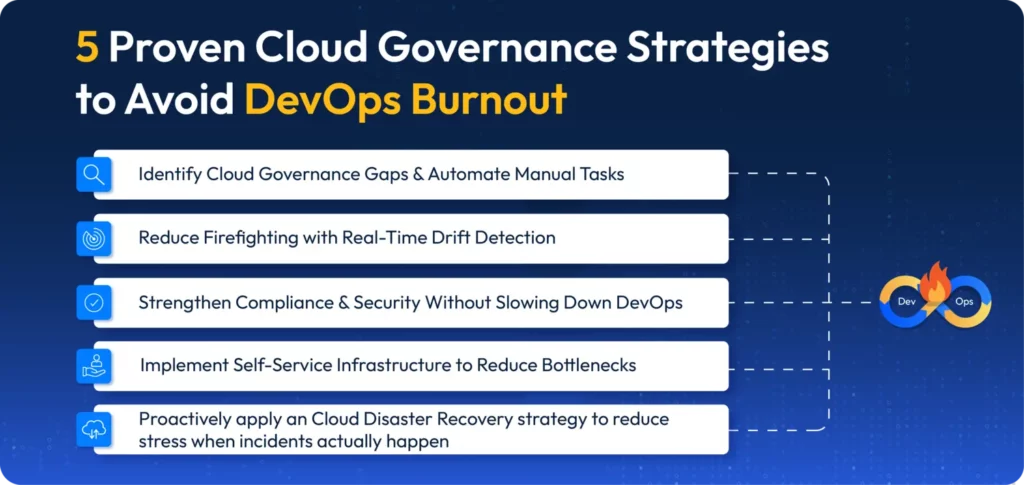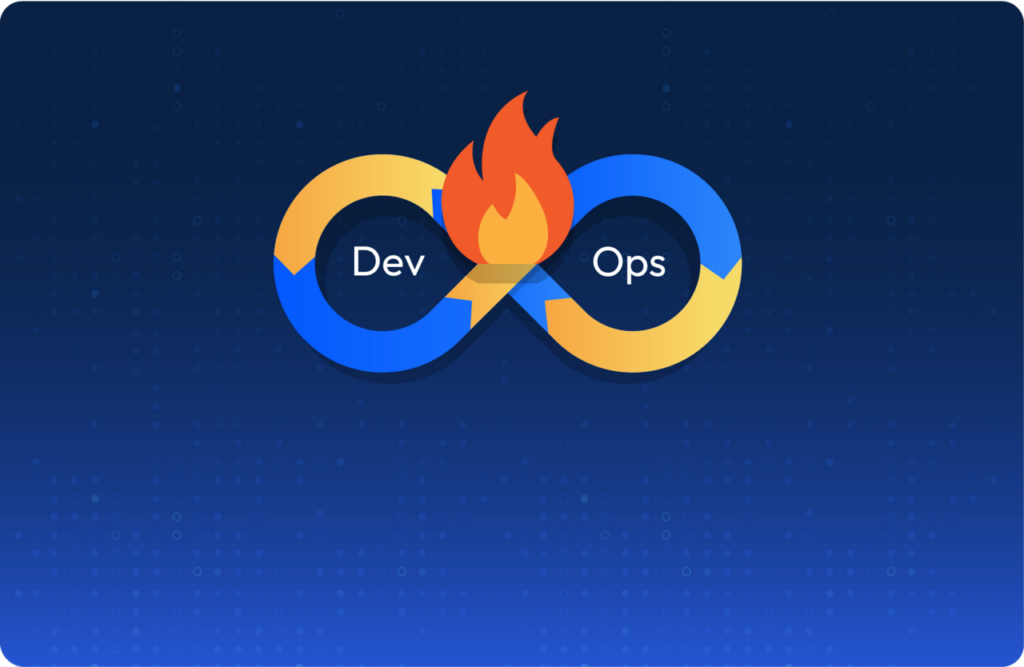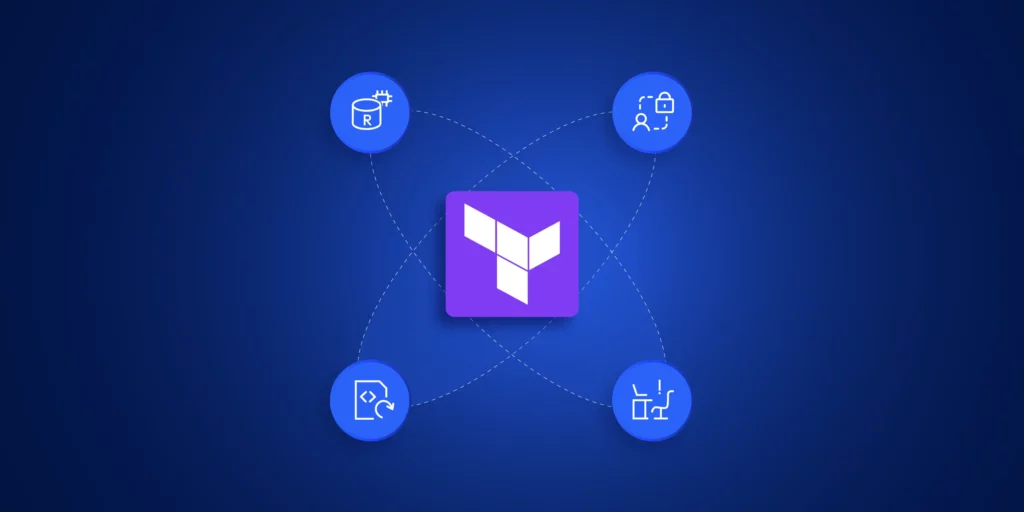DORA explains how improved cloud governance can combat burnout and boost DevOps efficiency.
The Google DORA (DevOps Research & Assessment) Community provides opportunities to learn and collaborate on Cloud Governance solution, software delivery, operational performance and continuous improvement. Its State of DevOps 2024 report delves into ways to increase DevOps resilience, wellbeing and efficiency.
The report found a significant portion of DevOps professionals are experiencing burnout – a state of emotional, physical, and mental exhaustion caused by excessive stress. This results in low productivity, a drop in morale, potential job hopping as well as issues and mistakes that can impact compliance, cloud governance and security.
Teams that cultivate a stable and supportive environment that empowers DevOps to excel drive positive outcomes. This blog looks at practical ways to reduce burnout in your DevOps team by improving cloud governance through Terraform automation and implementing a proactive DevOps strategy.
More Code, More Cloud, More Burden
In mature cloud deployments, scale brings complexity, as more cloud accounts, regions and users are added, and configurations evolve. DevOps find it harder to manage large-scale environments, especially when configurations are not managed by Infrastructure-as-Code (IaC) resources, so they gradually spiral out of control.
Consequently, DevOps find their cloud infrastructure is not serving the business efficiently or safely. With cloud governance out-of-control, workloads continue to grow at an alarming rate.
The Hidden Risks of Weak Cloud Governance in DevOps Teams
According to DORA:
- Work overload – A move-fast-and-constantly-pivot mentality negatively impacts well-being
- Lack of control – DevOps find they are firefighting daily with an ongoing chase of continuously scaling more and more
- Poor project management – Poor planning and unrealistic deadlines
- High stress – The fast paced nature of DevOps leads to a constant state of pressure
- Bad culture – Unrealistic expectations, lack of support and a general feeling of being treated unfairly
The net result of this is that performance starts to dip and burnout creeps in. At the same time, weak cloud governance contributes to uncertainty and a lack of control.
The DORA report outlines the correlation between organizational culture and burnout levels, recommending that organizations can combat burnout by:
- Fostering a healthy DevOps culture
- Providing better tools to support DevOps teams, strengthen cloud governance, and deliver operational excellence.
Why Poor Cloud Governance Solutions Leads to DevOps Burnout & Compliance Failures
Tackling DevOps burnout is important because it has real-world implications. Overworked teams become a bottleneck as they can’t handle the volume and frequency of infrastructure-related tickets. Cloud infrastructure is unable to scale, and cloud governance suffers as DevOps can’t easily detect or remediate cloud drifts and other problems.
Changes in infrastructure risk breaking cloud governance, compliance and/or best practices. Demotivated DevOps teams have no time to focus on strategic projects, putting a brake on innovation and strategic ambitions. Worse still, individuals could walk out the door at any moment, causing even more resource issues as they take vital corporate knowledge with them.
Most companies with mature cloud environments carry legacy infrastructure that is often retained in DevOps minds and inadequately documented. Teams desperately need real-time insights to bridge the gap between strategic initiatives and daily operations.
Infrastructure as Code (IaC) for Scalable & Secure Cloud Governance Solution
Today, the market has shifted towards automation and IaC is a journey, deemed as the present and future of cloud infrastructure engineering.
IaC standardizes and automates infrastructure management, delivering visibility and reducing risk. This enables teams to scale more easily across cloud environments, building repeatable processes and operational excellence.
However, this is only the first building block to deliver infrastructure at scale. Most of today’s IaC automation tools are point solutions only partially resolving cloud problems. To deliver effective IaC and adopt scalable cloud governance solutions, automation must be end-to-end and completely controlled
Terraform Automation for Cloud Governance & Compliance: Key Benefits
Terraform automation enhances cloud compliance and governance by enabling the definition and management of cloud infrastructure through code. This allows for consistent deployments, automated compliance checks, clear audit trails, and the ability to enforce security policies across all environments. In turn, this leads to better control and visibility over cloud resources and minimizes the risk of human error in infrastructure management. It also enables:
- Policy as code
- The creation of custom security and compliance policies that can be integrated into the infrastructure provisioning process, automatically identifying and preventing potential misconfigurations.
- Drift Detection
- Detects discrepancies between the desired state of infrastructure defined in code and the actual deployed state, allowing for proactive remediation of unauthorized changes.
- Centralized Management
- With Terraform, managing cloud resources across multiple cloud providers and environments can be done from a single pane, simplifying administration and ensuring consistent cloud governance practices.
- Role-Based Access Control (RBAC):
- By assigning permissions based on user roles, Terraform helps enforce granular access controls to infrastructure, preventing unauthorized modifications.
- Self-service IaC
- Terraform automation enables standardized, compliant infrastructure provisioning to remove DevOps bottlenecks. Developers can self-serve infrastructure that complies with regulations such as PCI-DSS, HIPAA, and GDPR, without having to consult DevOps.
5 Proven Cloud Governance Strategies to Avoid DevOps Burnout

Cloud governance gaps create compliance risks, inefficiencies, and excessive manual work—all of which contribute to DevOps burnout. By applying proactive automation and governance strategies, teams can reduce stress, increase efficiency, and improve cloud security. Here’s what DevOps leaders should focus on:
1. Identify Cloud Governance Gaps & Automate Manual Tasks
DevOps teams often get bogged down handling repetitive governance and compliance tasks manually, leading to inefficiencies and burnout.
Key tips:
- Run an audit of infrastructure tickets—identify tasks that can be automated (e.g., repetitive IAM role assignments, security group modifications, environment provisioning).
- Implement ticket automation with Terraform workflows or internal bots to reduce manual approvals.
- Track the percentage of infrastructure requests automated versus those that are handled manually—aim to increase automation coverage over time.
2. Reduce Firefighting with Real-Time Drift Detection
Drift detection ensures cloud environments match IaC definitions, preventing unexpected changes that lead to compliance failures and security risks.
Key tips:
- Look into a drift detection tool (e.g., ControlMonkey, Open Policy Agent) to automate drift monitoring and remediation.
- Run a bi/weekly drift audit—compare Terraform state with live cloud environments and auto-correct unauthorized changes.
- Track the time your team is spending resolving drift-related incidents – the less manual intervention, the less burnout, and this strengthens governance.
3. Strengthen Compliance & Security Without Slowing Down DevOps
Security and compliance enforcement often slows down deployments when handled manually – automating these processes ensures governance without creating friction.
Key tips:
- Look into policy-as-code (e.g., Terraform Sentinel, Open Policy Agent) to automate compliance checks pre-deployment.
- Run compliance tests in staging before production—ensure infrastructure meets SOC 2, HIPAA, or CIS benchmarks automatically.
- Track policy violations caught pre-deployment versus post-deployment: the goal is to shift security left and reduce last-minute rollbacks.
4. Implement Self-Service Infrastructure to Reduce Bottlenecks
DevOps teams shouldn’t be gatekeepers for every infrastructure request – self-service IaC enables developers to provision resources safely without delays. Your team shouldn’t be bogged down with an overload of tickets – they need this valuable time back!
Key tips:
- Set up a self-service IaC catalog (e.g., pre-approved Terraform modules, AWS Service Catalog or even ControlMonkey) so developers can deploy infrastructure without DevOps intervention.
- Run a monthly audit of provisioning requests – identify repetitive approvals, many of which can be automated.
5. Prevent Incidents & Reduce Stress with Automated Rollbacks
Handling cloud failures manually increases downtime and stress – automated recovery ensures stability and confidence in cloud governance.
Key tips:
- Disasters happen – enable daily Terraform state backups to allow instant rollback in case of infrastructure failures. This saves your team time in advance.
- Periodically undertake a disaster recovery drill – test restoring infrastructure from backups to ensure rollback readiness. There will be key learnings to be gained from such an exercise.
- Aim for under 10 minutes to minimize disruption and reduce operational stress.
Enterprise Adoption of Terraform for Cloud Governance and Compliance
Cloud governance isn’t just about controlling infrastructure—it’s about empowering DevOps teams to focus on innovation instead of firefighting.
- Terraform automation eliminates governance bottlenecks, ensuring that compliance, security, and infrastructure provisioning happen proactively rather than reactively.
- A proactive DevOps culture reduces burnout, shifting teams away from manual fixes and last-minute compliance checks toward automated, scalable infrastructure management.
With the right cloud governance strategy, enterprises can achieve both control and efficiency, giving DevOps teams the tools they need to succeed.
This is the start of the infrastructure delivery revolution. DevOps teams are already reaping productivity and efficiency benefits with better cloud cost management, 30% increase in productivity and a 3x boost in deployment speed, plus 100% cloud configuration backup.
Avoid stress and burnout and build the right culture and environment to empower your team. Fix your past cloud governance and compliance issues and stop them happening again in the future.
Get peace of mind with ControlMonkey
Ready to Automate Your Cloud Governance Strategy? Download our free guide to mastering Infrastructure as Code (IaC), preventing drift, and automating compliance with Terraform. Or book a live demo to see Terraform automation in action

A 30-min meeting will save your team 1000s of hours
A 30-min meeting will save your team 1000s of hours
Book Intro Call
Sounds Interesting?
Request a Demo




